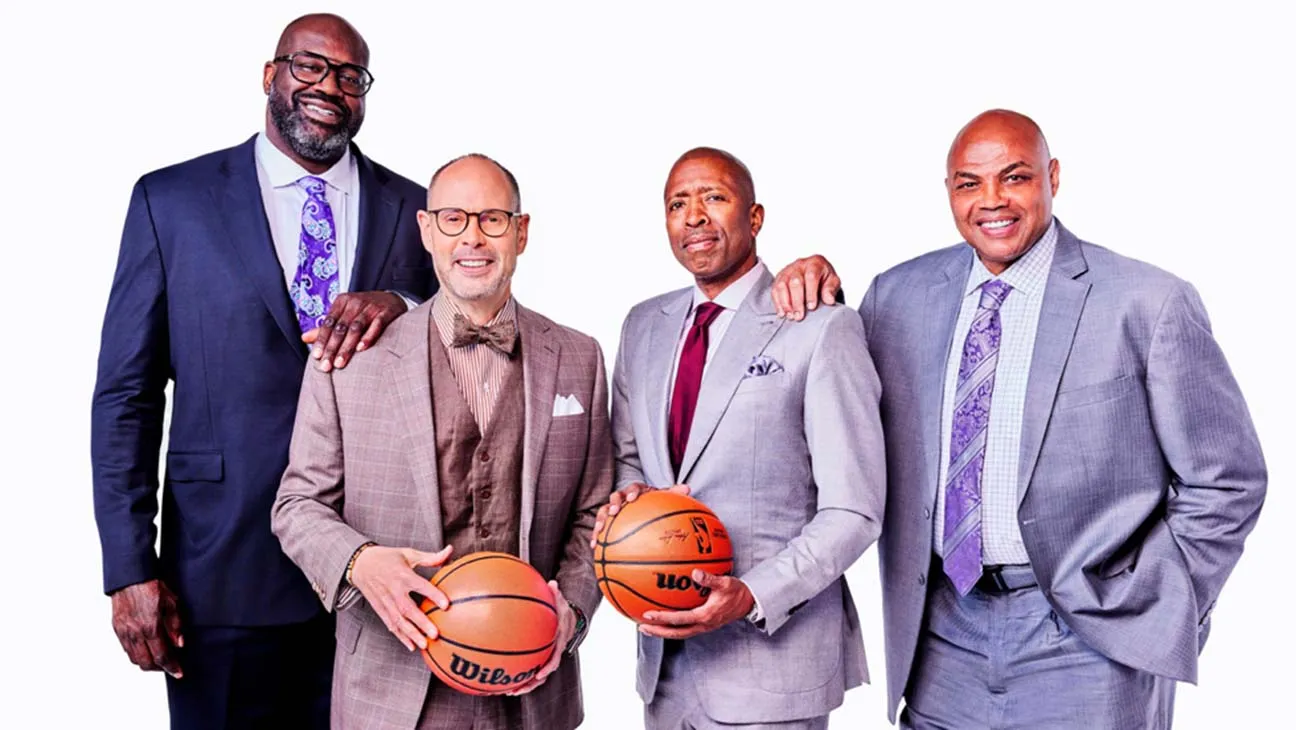Every Rhetoric and Composition class worth its salt includes rhetorical analysis. Students learn to dissect arguments using the rhetorical triangle, a concept popularized by James Kinneavy in his 1980 book A Theory of Discourse.

This tool helps diagnose where an argument is strongest by examining three key elements: ethos (appeals to the writer’s trustworthiness), logos (appeals to reason), and pathos (appeals to emotions).
To demonstrate the contextual power of these appeals, let’s look at a recent hot topic: NBA media coverage. This example showcases how different networks leverage ethos in particular to connect with their audience.
TNT’s pre- and post-game coverage often receives more acclaim than ESPN’s.
What sets TNT apart? Their analyst roster boasts former NBA stars like Charles Barkley, Kenny Smith, and Shaquille O’Neal. This star power instantly boosts their ethos when commenting on upcoming or just-concluded games. Charles Barkley, in particular, stands out for his seemingly genuine opinions and refusal to take himself too seriously.
ESPN, on the other hand, builds its ethos differently. They rely on seasoned reporters like Stephen A. Smith, Michael Wilbon, and Adrian Wojnarowski. When they do feature former players, like Kendrick Perkins, they either lack the star power of TNT’s roster or lose ethos with the audience quickly because they leave ESPN to go back into the league as a coach or front-office exec.
ESPN’s approach yields mixed results. Stephen A. Smith can captivate audiences with his hour-long sports debate show, “First Take,” Michael Wilbon co-hosts the popular “Pardon the Interruption,” Adrian Wojnarowski dominates breaking news coverage, especially during drafts and free agency.
However, this reporter-centric ethos doesn’t translate as well to game coverage. ESPN’s pre- and post-game segments often feel less essential. Their top personalities shine on “First Take” the next morning, when off-court news is at the center of discourse, or in the comfort of a one-on-one conversation.
Interestingly, TNT’s crew might struggle if forced to fill daily argument shows like “First Take” or “PTI.” Their ethos is most potent in the context of immediate game reaction.
This distinction becomes even more fascinating when we consider how the same argument might land differently based on who’s making it.
Imagine both Charles Barkley and Stephen A. Smith criticizing Karl-Anthony Towns for costing his team a game. Barkley’s ethos stems from his status as an all-time great who’s “been there.” We trust his insider perspective. Stephen A., however, appeals to us as a more informed version of the average fan. The logos stays the same, but the ethos changes.
Pathos also plays a crucial role. We’re more likely to engage with passionate arguments, especially when delivered with a smile or a touch of humor. Both networks understand this, which is why their top personalities are known for their animated delivery styles.
The business of sports commentary is booming, and understanding the rhetorical triangle can help us navigate this landscape. By examining how networks like TNT and ESPN deploy ethos, logos, and pathos, students can learn to craft more effective arguments themselves.
The next time you’re watching NBA coverage, pay attention to how the commentators build their credibility, appeal to your emotions, and construct their logical arguments. You might just score some valuable insights into the art of persuasion.

